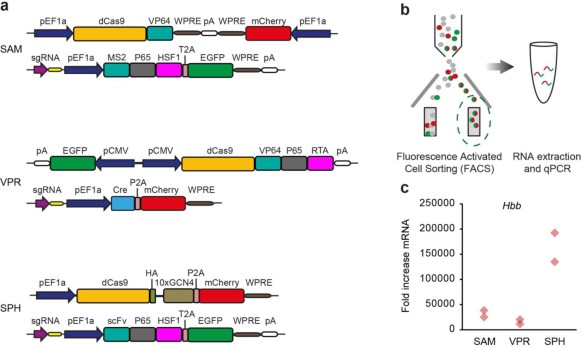The Activation Information Mode Model

This article's may be compromised due to out-of-date information. Please update this article to reflect recent events or newly available information. (July 2011) The activation-synthesis hypothesis, proposed by and, is a theory of first published in the in December 1977.
The activation-synthesis theory suggests that dreams are the result of activity in the sleeping brain. Drivers Comsat Isdn Basic. But does this mean that dreams are meaningless? With AIM model axes for (1) Activation, (2). Activation denotes rate of information. By choosing activation, input source, and mode of neuromodulation as. Enter your psychology question here. Please use words like Who, What, When, Where, Why, How. In your question. Do not copy questions from tests, homework.
The differences in neuronal activity of the during waking and were observed, and the hypothesis proposes that dreams result from activation during REM sleep. Since then, the hypothesis has undergone an evolution as technology and experimental equipment has become more precise. Currently, a three-dimensional model called AIM Model, described below, is used to determine the different states of the brain over the course of the day and night. Winnonlin Trial there. The AIM Model introduces a new hypothesis that is an important building block on which is constructed. Contents • • • • • • • • • • • • • • • • • • • Introduction [ ] With the advancement of technology, the sleep-waking cycle can be studied as never before. The brain can be objectively quantified and identified as being in either one of three states:,, and due to these advanced methods of measurement.




